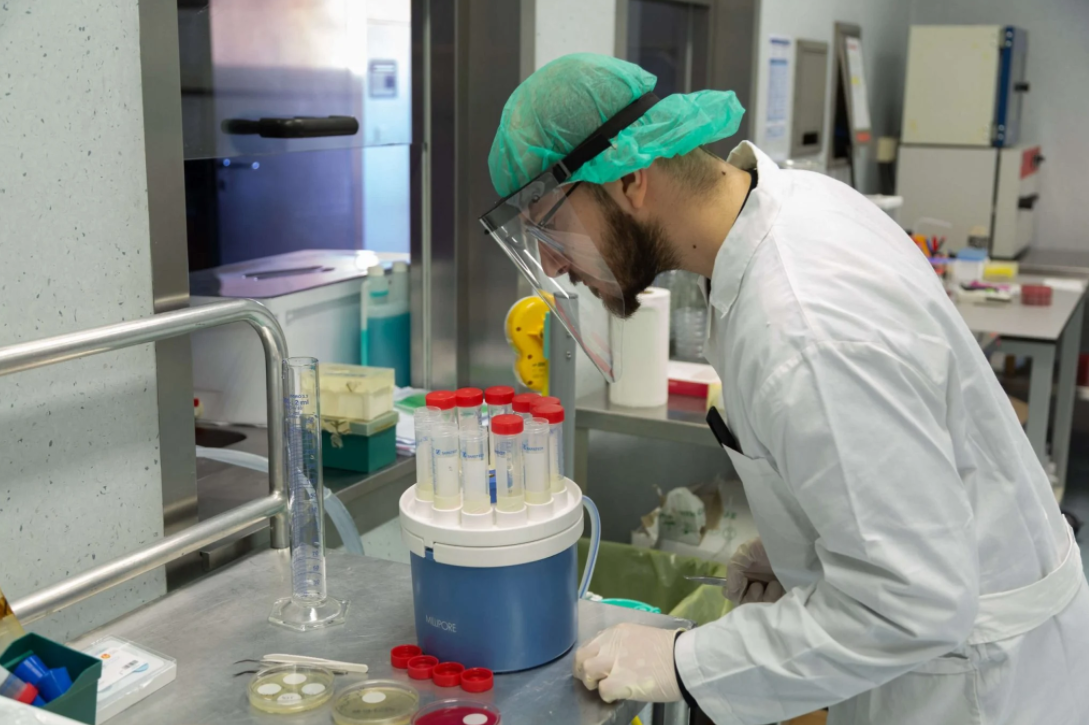
Covid, a new test predicts disease progression: monocyte morphology analysis reveals 'significant' correlations
A new test called Mdw (Monocyte distribution width), developed in Modena and published in Scientific Reports of the Nature publishing group, can predict the evolution of Covid-19 disease and the hyperinflammatory state (‘cytokine storm’) that characterises it
The study, carried out by the University Hospital (Policlinico Hospital) and Unimore, is based on the analysis of the morphology of monocytes, a specific population of cells present in the blood, and has shown, for the first time, how the value of Mdw, in patients followed during hospitalization in intensive care and sub-intensive care units, is correlated “significantly” with the severity and clinical course of the disease.
COVID DISEASE EVOLUTION, THE RESEARCH
The study looked at a series of 87 patients admitted to intensive and sub-intensive care units, in whom HDW correlated “highly significantly” with some classic biomarkers of inflammation, outcome of care and clinical course and severity of disease.
Dr Tommaso Trenti, director of the inter-company department of laboratory medicine in Modena, explains: “When there is a stimulus produced by the activation of the immune system, as in the case of both bacterial and viral infections, the morphology of the monocytes changes.
With the new equipment available, we are able to measure the extent of these cellular changes in the laboratory”.
Giovanni Riva, who works in Professor Enrico Tagliafico’s team and laboratory of diagnostic haematology and clinical genomics, adds: “This is a prognostic test for ‘viral sepsis’ as well as bacterial sepsis, as indeed can be considered Covid-19 in its most serious clinical form, as already hypothesised in previous work carried out in Modena and already published”.
Covid disease: ‘high Mdw values in patients’
Massimo Girardis, director of the hospital’s intensive care unit, confirms that “in our patients we have found that high Mdw values are associated with high mortality, with peaks of over 35%.
Conversely, low values identify patients who have a high probability of recovery’.
Andrea Cossarizza, Unimore professor and head of the group of researchers who worked on the new instrument, concludes: “This test represents an important new biomarker. We are currently carrying out further research that will allow us to better define the value and clinical applications of new laboratory tests”.
Read Also:
Vaccine To Adolescents: ‘Lower Dose Of Moderna Than Pfizer For 12-18 Year Olds’
Brussels Court Orders AstraZeneca To Deliver 50 Million Doses To The European Union


